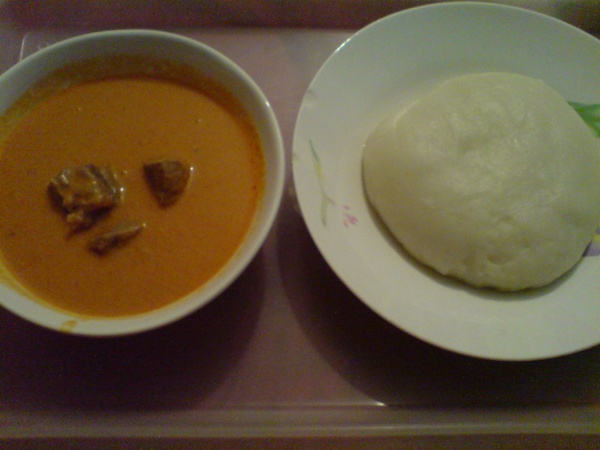Facts About Fufu
Fufu is a cherished staple food enjoyed across West Africa, Central Africa, and the Caribbean. Traditionally, it’s prepared by mixing and pounding equal parts of cassava and green plantain flour with water, allowing for adjustments to achieve the desired thickness. While the classic recipe uses cassava and plantains, numerous variations incorporate other ingredients such as semolina, maize, or mashed plantains.
Fufu is typically paired with a variety of delectable soups, including groundnut soup, palm nut soup, abunuabunu, and light soup. The traditional preparation involves boiling starchy crops like cassava, yams, or plantains and then pounding them until they reach a dough-like consistency. It is usually eaten by hand, with small balls of fufu dipped into the accompanying soups or sauces.
Different regions have their unique interpretations of fufu. In the Caribbean, for instance, it’s often made with plantains, yuca, or yams, yielding a firmer texture and more robust flavor compared to the West African version. Puerto Rican mofongo is a popular variation, known for its dense texture and rich seasoning, typically made with fried green plantains, yuca, or breadfruit.
Fufu has its origins in modern-day Ghana, where various ethnic groups perfected the technique of pounding boiled tubers in a wooden mortar to achieve the characteristic sticky consistency. Nutritionally, fufu is an excellent source of carbohydrates and potassium, while being low in fat and cholesterol.

 Burkina Faso
Burkina Faso